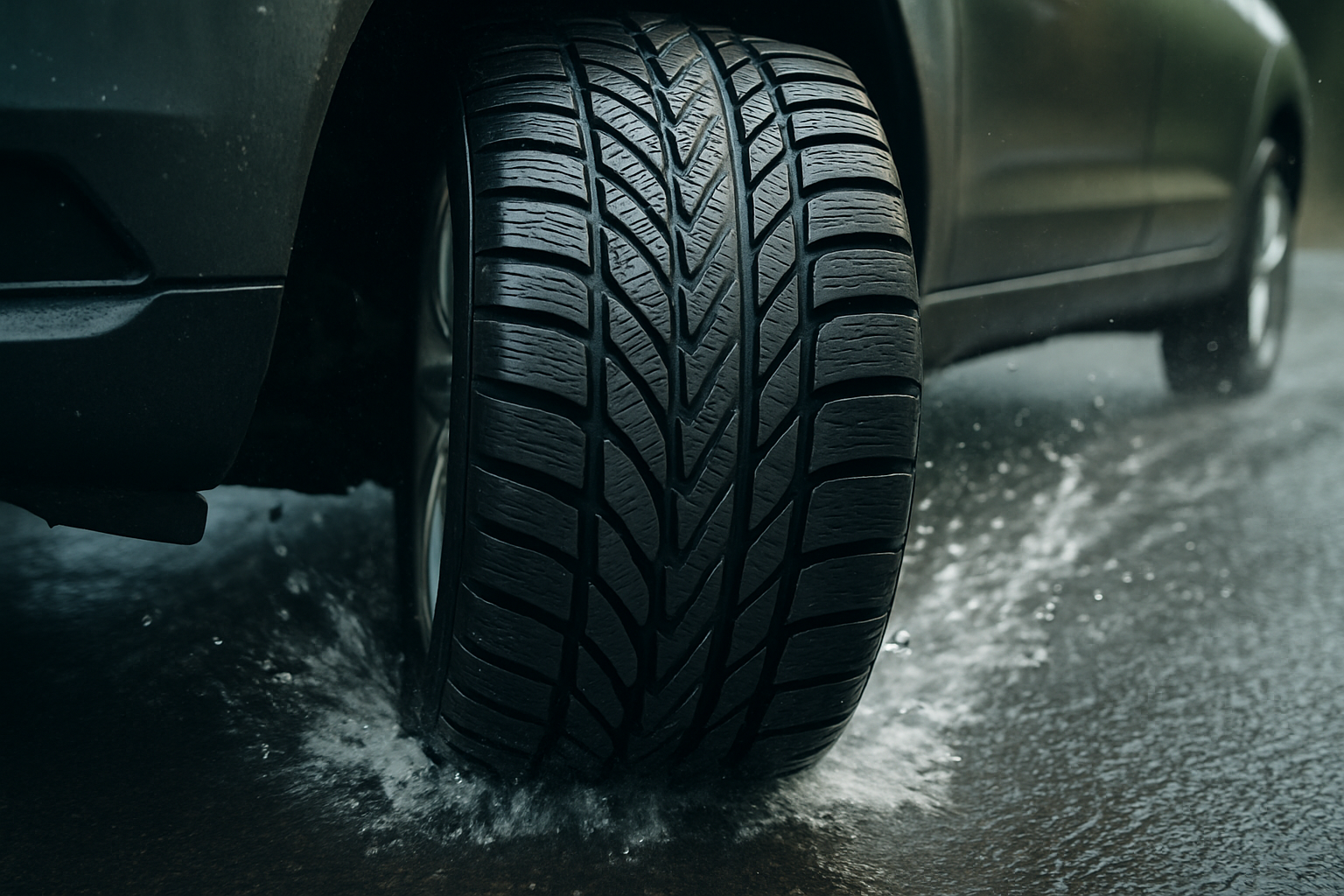Tire Tread Patterns: The Unsung Heroes of Automotive Performance
Tire treads: the intricate grooves and patterns that adorn our vehicle's only point of contact with the road. Often overlooked, these designs are marvels of engineering, influencing everything from handling to fuel efficiency. As automotive technology advances, tire tread patterns have evolved into sophisticated systems, each tailored for specific driving conditions and vehicle types. This article delves into the fascinating world of tire tread patterns, exploring their history, design principles, and impact on modern driving.

The Science Behind Tread Design
Tread patterns are not merely aesthetic choices; they are the result of extensive research and testing. Engineers consider factors such as water dispersion, noise reduction, wear resistance, and grip on various surfaces. The arrangement of grooves, sipes, and blocks is carefully calculated to optimize performance across a range of conditions. Advanced computer simulations and real-world testing contribute to the development of tread patterns that can handle the diverse demands of modern driving.
Symmetrical vs. Asymmetrical Tread Patterns
Symmetrical tread patterns are identical on both sides of the tire’s centerline. These designs offer consistent performance and are often used in all-season tires for passenger vehicles. They provide a smooth, quiet ride and even wear, making them ideal for everyday driving. Asymmetrical patterns, on the other hand, feature different designs on the inner and outer portions of the tire. This allows for optimized performance in both dry and wet conditions, with the outer section typically designed for cornering stability and the inner for water evacuation.
Directional Tread Patterns
Directional, or unidirectional, tread patterns are designed to rotate in a specific direction. These patterns feature V-shaped grooves that efficiently channel water away from the tire’s contact patch, reducing the risk of hydroplaning. High-performance and racing tires often utilize directional patterns for their superior water dispersion capabilities and enhanced stability at high speeds. However, these tires require more attention during rotation and replacement to maintain their intended performance characteristics.
All-Terrain and Mud-Terrain Tread Patterns
Off-road enthusiasts and drivers in challenging environments benefit from specialized all-terrain and mud-terrain tread patterns. These designs feature larger, more aggressive blocks and wider spacing between tread elements. This configuration allows the tire to bite into loose surfaces like mud, sand, and gravel, providing superior traction in off-road conditions. The open tread pattern also facilitates self-cleaning, preventing mud and debris from clogging the grooves and reducing traction.
Winter Tire Tread Patterns
Winter tires showcase some of the most advanced tread pattern designs. These tires incorporate numerous small cuts in the tread blocks, called sipes, which create biting edges to grip snow and ice. The tread patterns are also designed with wider and deeper grooves to effectively channel slush and water away from the contact patch. Some winter tires even feature compound-filled sipes that provide additional stiffness for improved handling on dry roads while maintaining flexibility for snow traction.
The Role of Tread Patterns in Noise Reduction
Tire noise is a significant factor in overall vehicle noise, particularly at highway speeds. Modern tread pattern designs incorporate noise reduction technologies to enhance driver comfort. Variable pitch sequences, where tread blocks are arranged in non-repeating patterns, help to distribute noise frequencies and reduce perceived sound levels. Some manufacturers also use computer modeling to optimize tread block shapes and arrangements for minimal noise generation without compromising performance.
Future Trends in Tread Pattern Design
As vehicle technology continues to advance, tire tread patterns are evolving to meet new challenges. The rise of electric vehicles, with their unique weight distribution and torque characteristics, is driving innovations in tread design to optimize efficiency and performance. Additionally, the development of smart tires with integrated sensors is opening up possibilities for tread patterns that can adapt to changing road conditions in real-time, further enhancing safety and performance.
Conclusion
Tire tread patterns are a testament to the ingenuity of automotive engineers and designers. These seemingly simple grooves and blocks on the surface of our tires play a crucial role in vehicle safety, performance, and efficiency. As we look to the future of automotive technology, tire tread patterns will undoubtedly continue to evolve, adapting to new vehicles, driving conditions, and consumer demands. The next time you glance at your tires, take a moment to appreciate the complex engineering that goes into every groove and sipe – the unsung heroes of your daily drive.





